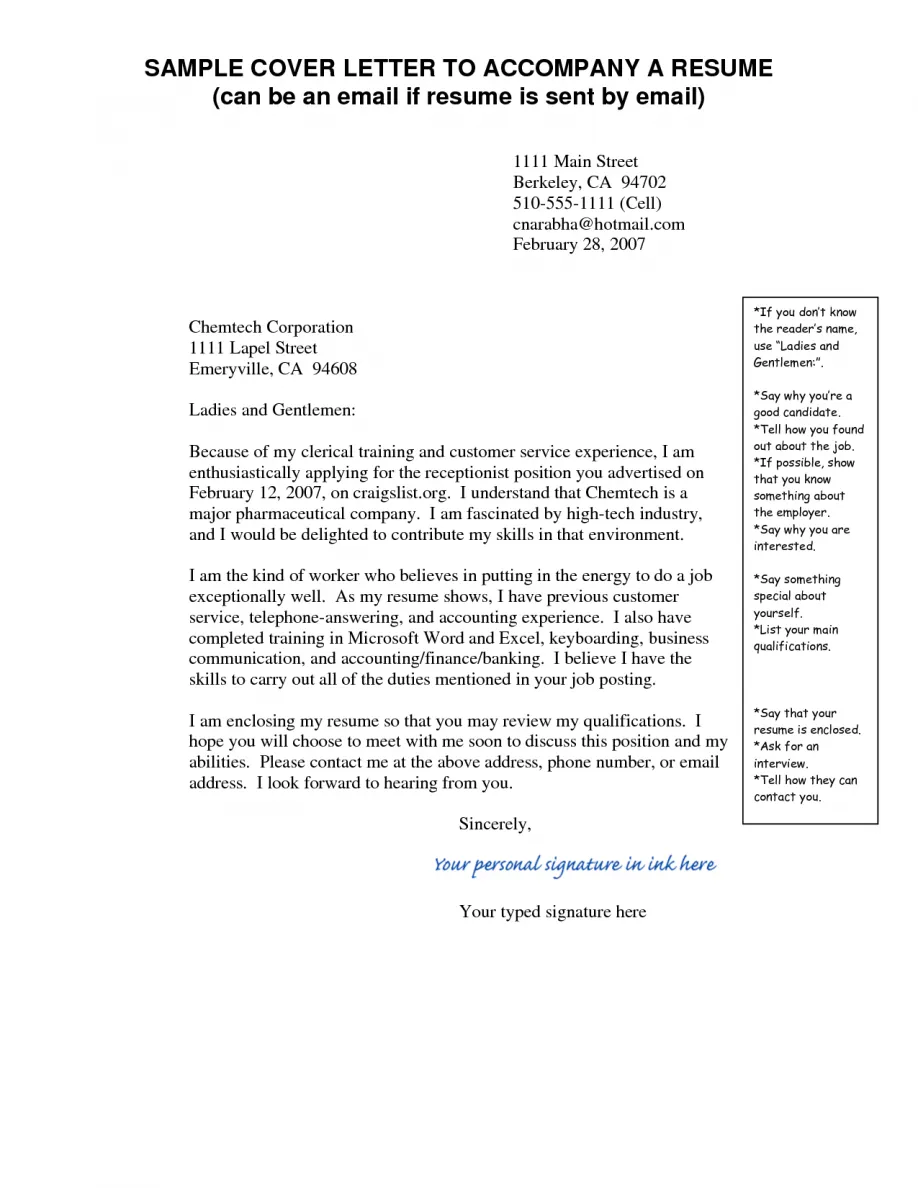7 Cover Letter Secrets for Success
In the competitive world of job hunting, a well-crafted cover letter can be your golden ticket to landing an interview. It’s your first chance to make a lasting impression on a potential employer, showcasing your skills, experience, and enthusiasm. But what separates a good cover letter from a great one? The answer lies in understanding the key secrets that recruiters and hiring managers look for. This guide will reveal seven essential strategies to help you craft a cover letter that not only grabs attention but also significantly boosts your chances of securing your dream job. By implementing these secrets, you’ll transform your cover letter from a generic document into a compelling narrative that highlights your unique value proposition and sets you apart from the competition. Get ready to unlock the secrets to a winning cover letter and take your career to the next level!
Secret 1: Research the Company
Before you start writing, take the time to thoroughly research the company. A generic cover letter is easily spotted and often discarded. Instead, demonstrate that you understand the company’s mission, values, and recent achievements. This shows initiative and genuine interest. Visit the company’s website, explore their social media profiles, and read industry news to gather as much information as possible. Understanding the company culture will help you tailor your language and tone, making your cover letter more relevant and engaging. Moreover, this research allows you to align your skills and experiences with the company’s specific needs and goals.
Digging Into the Company Culture
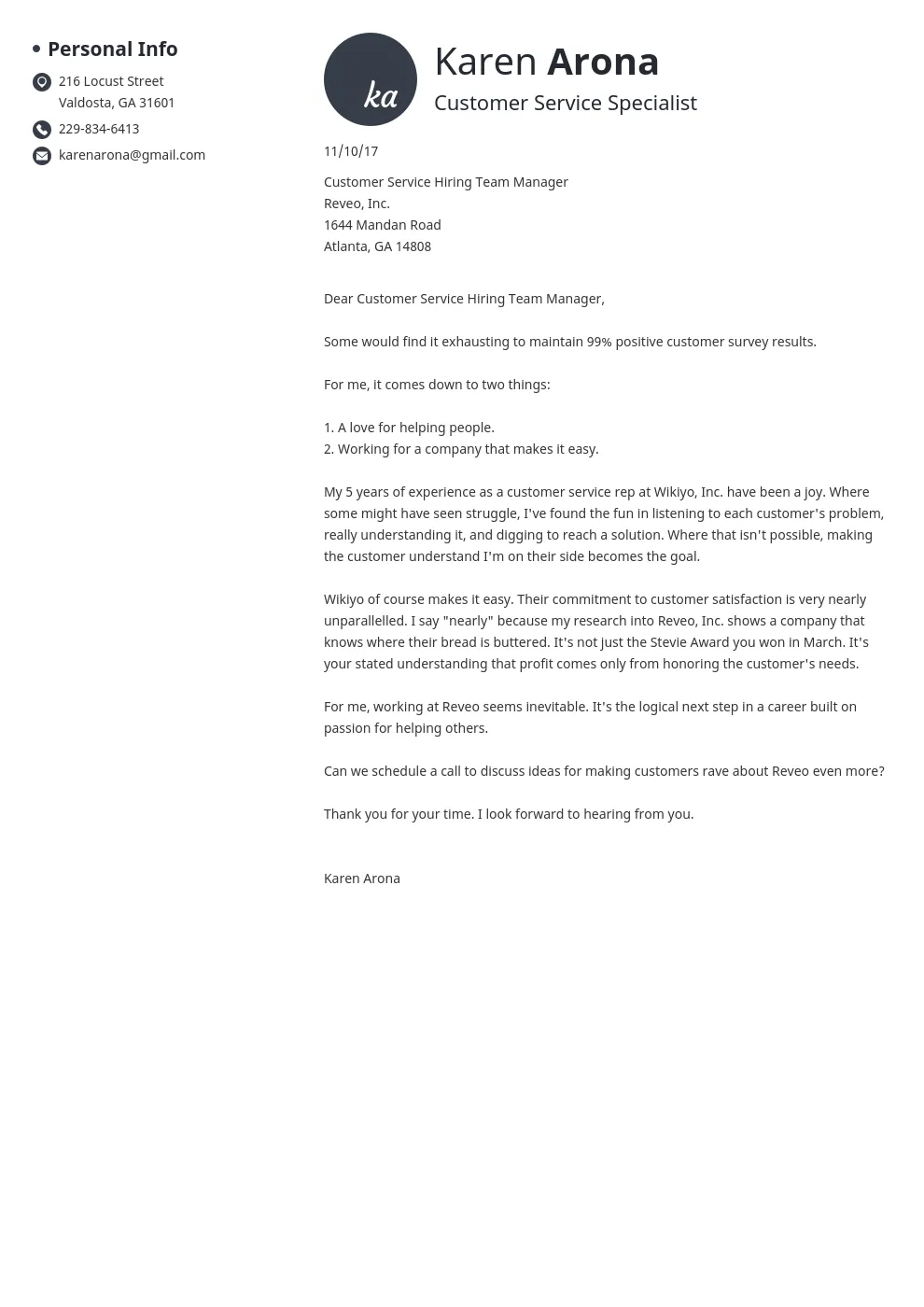
Understanding a company’s culture is crucial for writing an effective cover letter. Does the company value innovation, teamwork, or customer service? Are they known for their fast-paced environment or a more relaxed atmosphere? By identifying these cultural elements, you can shape your cover letter to reflect those values. For instance, if the company promotes teamwork, emphasize your collaborative experiences. If they value innovation, showcase your creative problem-solving skills. This level of detail demonstrates that you are not just looking for a job but that you are genuinely interested in becoming a part of their team and contributing to their culture. This attention to detail often makes the difference in getting your application to the top of the pile.
Understanding the Job Description
Carefully analyze the job description. What specific skills and experiences are they looking for? What are the key responsibilities and requirements? Use the job description as a roadmap to highlight your relevant qualifications. Align your skills and experiences with the listed requirements, providing specific examples of how you have demonstrated these skills in the past. This shows the hiring manager that you have not only read the job description but also that you possess the qualities they are seeking. By using keywords and phrases from the job description, you can create a cover letter that is highly targeted and relevant to the specific role.
Secret 2: Tailor to Each Job
Never send the same cover letter to multiple employers. Each job and company is unique, so your cover letter should be too. Customizing your cover letter demonstrates that you’ve taken the time to understand the specific needs of the role and the organization. This personalization significantly increases your chances of getting noticed. Carefully review the job description and identify the key requirements. Then, adjust your cover letter to highlight the skills and experiences that are most relevant to the position. This might involve rearranging your bullet points, changing the focus of your paragraphs, or even rewriting sections to better align with the job’s demands.
Highlighting Relevant Skills
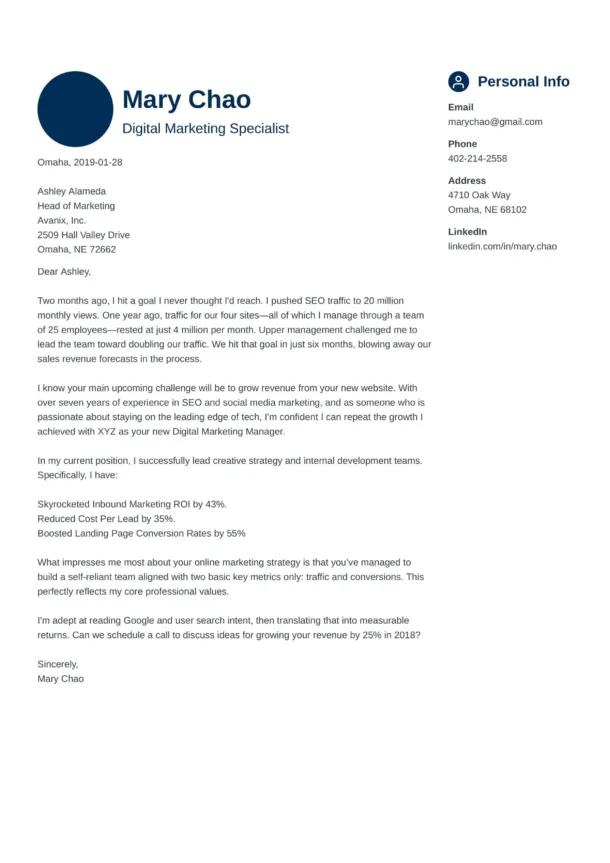
Focus on the skills that directly match the job requirements. Instead of simply listing your skills, provide specific examples of how you’ve used them in previous roles. This could involve describing projects you led, problems you solved, or results you achieved. Use action verbs to showcase your accomplishments and quantify your achievements whenever possible. For example, instead of saying ‘Managed a team,’ say ‘Managed a team of 10, increasing project efficiency by 15%’. Highlighting relevant skills in this way will instantly connect with the hiring manager. This is especially important for specialized roles requiring particular expertise.
Quantifying Your Achievements
Quantifying your achievements is a powerful way to demonstrate your value to potential employers. Whenever possible, use numbers and data to illustrate your successes. For instance, instead of saying ‘Improved customer satisfaction,’ say ‘Improved customer satisfaction by 20% through implementing a new feedback system.’ This provides tangible evidence of your capabilities and helps hiring managers understand the impact you can have on their organization. Consider what results you delivered in previous roles – increased sales, reduced costs, improved efficiency, or successful project completions – and include these metrics in your cover letter. This makes your accomplishments much more compelling and memorable.
Secret 3: Perfect the Opening
Your opening paragraph is your first and often only opportunity to capture the reader’s attention. It should be concise, engaging, and tailored to the specific job and company. Avoid generic greetings like ‘Dear Hiring Manager’ or ‘To Whom It May Concern,’ as they show a lack of effort. Instead, address the hiring manager by name if possible or use a more specific greeting that reflects your research on the company. The opening should quickly convey why you are interested in the position and what makes you a strong candidate. Make sure you show some enthusiam and state why you are a perfect fit for the role.
Avoid Generic Greetings
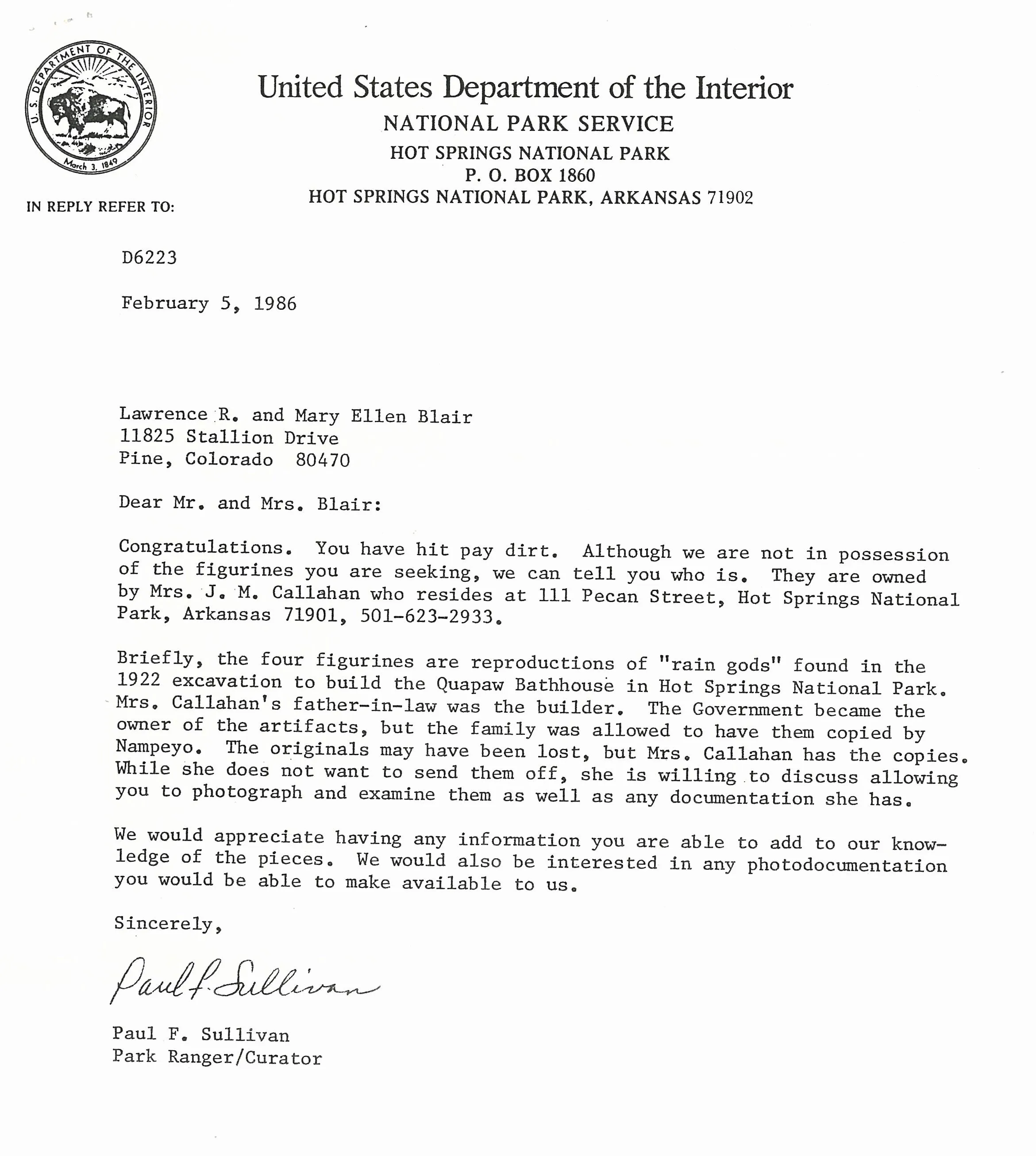
Generic greetings such as ‘Dear Hiring Manager’ or ‘To Whom It May Concern’ signal a lack of attention to detail and personalization. They don’t show that you’ve done your research or taken the time to understand the company and the role. Aim to address the hiring manager by name if possible. If you cannot find the name, research the department head or use a more specific greeting that acknowledges the company or the role itself. For example, ‘Dear [Department] Team’ or ‘Dear [Job Title] Hiring Manager’ is far more effective.
Make a Strong First Impression
Your opening paragraph should make a strong first impression by clearly stating your interest in the position and summarizing why you’re a good fit. Briefly mention a key skill or accomplishment that aligns with the job requirements. This immediately grabs the reader’s attention and encourages them to continue reading. Make sure you communicate your enthusiasm for the company and the role in a genuine way. This demonstrates your passion and commitment, which are highly valued by employers. The first few sentences set the tone for the rest of the cover letter, so make them count.
Secret 4: Showcase Your Personality
While your cover letter should be professional, it should also reflect your personality. Employers want to get to know the real you, so don’t be afraid to let your enthusiasm and unique qualities shine through. Showcasing your personality helps you stand out from other candidates and makes you more memorable. Be authentic and genuine in your writing. Use language that feels natural to you, but always maintain a professional tone. Share your professional goals and describe why you are excited about the opportunity to join the team. The more you can show your human side, the more likely you are to connect with the hiring manager on a personal level.
Use a Professional Tone
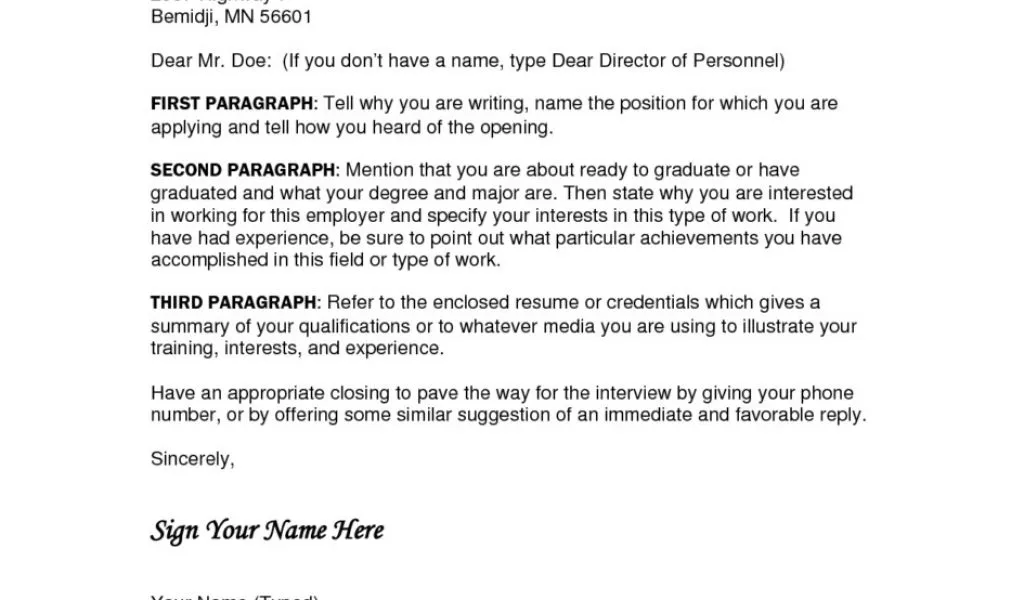
Maintain a professional tone throughout your cover letter to ensure that you are perceived as a serious and capable candidate. Use formal language, correct grammar, and proper sentence structure. Avoid slang, jargon, and overly casual language. Your writing should be clear, concise, and easy to understand. Proofread your cover letter carefully to eliminate any typos or grammatical errors. A polished and professional cover letter reflects your attention to detail and respect for the hiring process. This shows employers that you take your job search seriously.
Let Your Enthusiasm Shine
Show your enthusiasm for the role and the company in a genuine way. Share what excites you about the opportunity and what you hope to achieve. Describe how your skills and experiences align with the company’s mission and values. Demonstrate that you’ve done your research and understand the company’s goals. A genuine display of enthusiasm can set you apart from other candidates. Hiring managers often seek candidates who are not only qualified but also passionate about their work and eager to contribute to the company’s success. Express your excitement clearly in your words.
Secret 5: Keep it Concise
Hiring managers are busy, so keep your cover letter concise and focused. Aim for a single page, or at most, a page and a half. Avoid lengthy paragraphs and unnecessary details. Your cover letter should be a summary of your most relevant qualifications and experiences. Use clear and direct language to communicate your key messages. Ensure every sentence has a purpose and contributes to the overall message. Being concise will allow you to make a stronger impact and ensure that the hiring manager reads the entire document.
Focus on Key Information
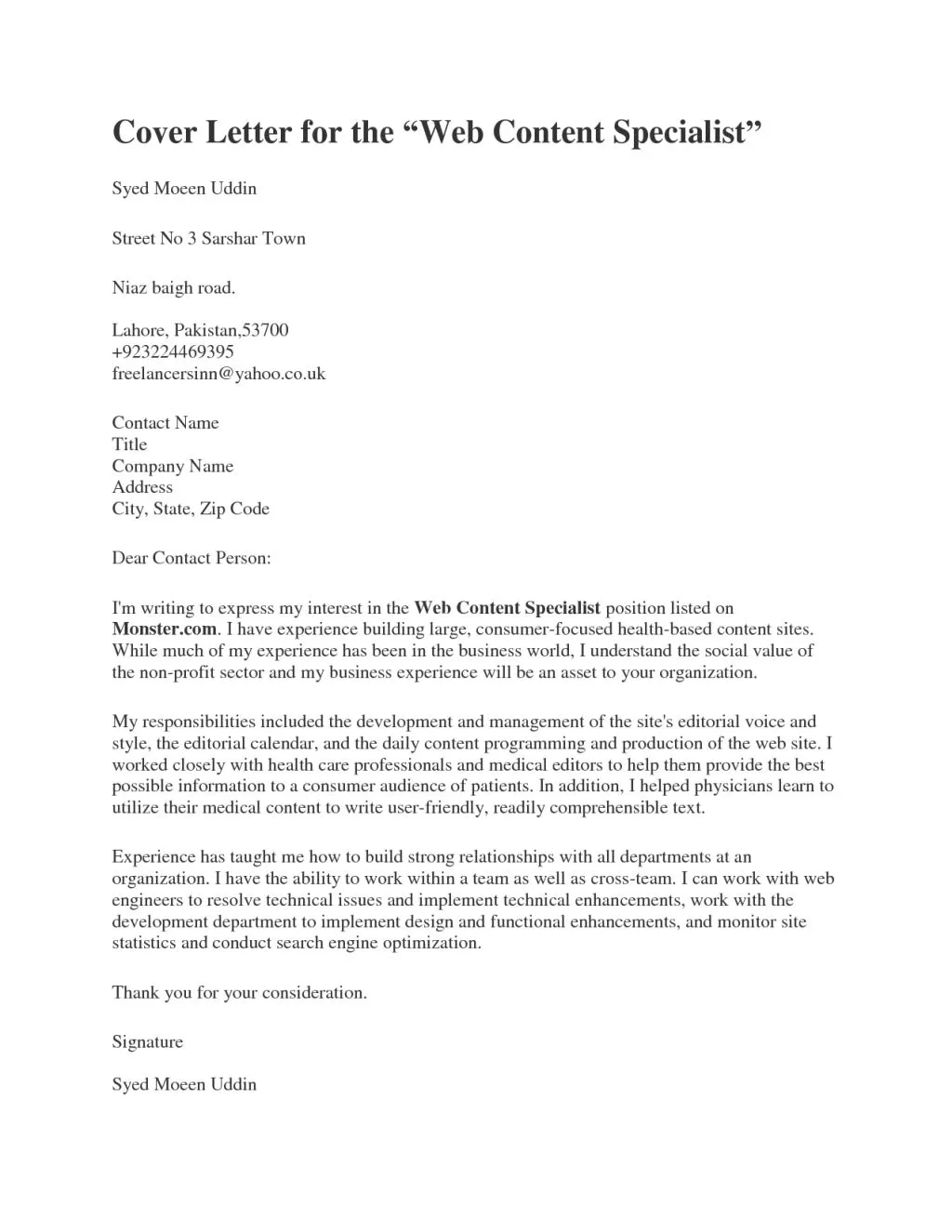
Focus on the most important information that supports your candidacy. Highlight your key skills, experiences, and accomplishments that align with the job requirements. Avoid including irrelevant details or information that doesn’t add value. Prioritize the information that demonstrates why you are the best fit for the role. Keep the focus on what matters most: what you can bring to the company. This helps the hiring manager quickly understand your value proposition.
Proofread Meticulously
Proofreading is critical to presenting a professional image. Errors in grammar and spelling can undermine your credibility and make you seem careless. Always proofread your cover letter multiple times. Use spell-check and grammar-check tools, but don’t rely on them entirely. Read your cover letter aloud to catch errors that you might miss when reading silently. Have someone else review your cover letter for a fresh perspective. A well-proofread cover letter shows attention to detail and professionalism.
Secret 6: The Power of Keywords
Many companies use Applicant Tracking Systems (ATS) to screen cover letters and resumes. These systems scan for specific keywords and phrases related to the job requirements. To increase your chances of passing the initial screening, incorporate keywords from the job description into your cover letter. This is an essential step in ensuring that your application is noticed by the hiring manager. Using relevant keywords not only helps you pass the ATS but also highlights the skills and experiences that the employer is specifically looking for.
Incorporating Job-Specific Terms
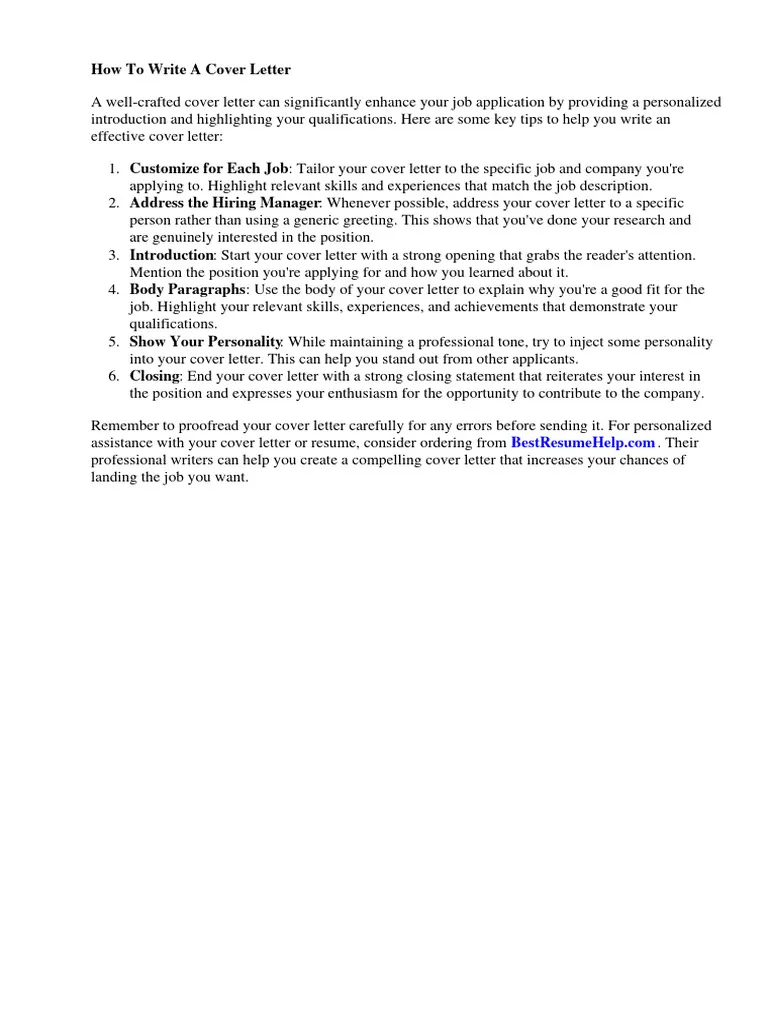
Carefully review the job description and identify the key terms and phrases related to the required skills, qualifications, and responsibilities. Incorporate these terms naturally into your cover letter. Use these terms in your descriptions of your skills and accomplishments, and include them in your sentences. Be sure to avoid keyword stuffing, which can make your cover letter sound unnatural. The goal is to provide a clear and compelling narrative that incorporates relevant keywords.
Strategic Keyword Placement
Strategically place keywords throughout your cover letter, particularly in the opening paragraph, skill sections, and closing. Make sure the keywords are incorporated naturally into your writing. Avoid overusing keywords. Use them thoughtfully to describe your skills and experiences in relation to the job requirements. Effective keyword placement ensures that your cover letter is easily scannable by both ATS and hiring managers.
Secret 7: Call to Action and Follow-Up
End your cover letter with a strong call to action that encourages the hiring manager to take the next step, such as scheduling an interview. Express your interest in the position and reiterate your enthusiasm for the opportunity. Provide your contact information clearly and make it easy for them to get in touch with you. After submitting your application, follow up with the hiring manager or recruiter. This shows initiative and that you are proactive in the job search process.
Expressing Your Interest
Clearly state your interest in the position in your closing paragraph. Reiterate your enthusiasm for the company and the opportunity. Express your eagerness to discuss your qualifications further and to learn more about the role. This strong call to action encourages the hiring manager to take the next step and consider you for an interview. A clear statement of interest will leave a lasting impression.
Thanking the Hiring Manager
Express your gratitude to the hiring manager for their time and consideration. Thank them for reviewing your application and for the opportunity to be considered for the role. A thank-you note shows respect and appreciation. A sincere expression of gratitude leaves a positive impression and encourages the hiring manager to remember you favorably.
By implementing these seven secrets, you can transform your cover letter from a generic document into a powerful tool that highlights your skills, experience, and enthusiasm. Remember to research the company, tailor your letter to each job, perfect your opening, showcase your personality, keep it concise, use keywords, and include a call to action. These secrets will significantly increase your chances of getting noticed and landing an interview. Good luck with your job search!
